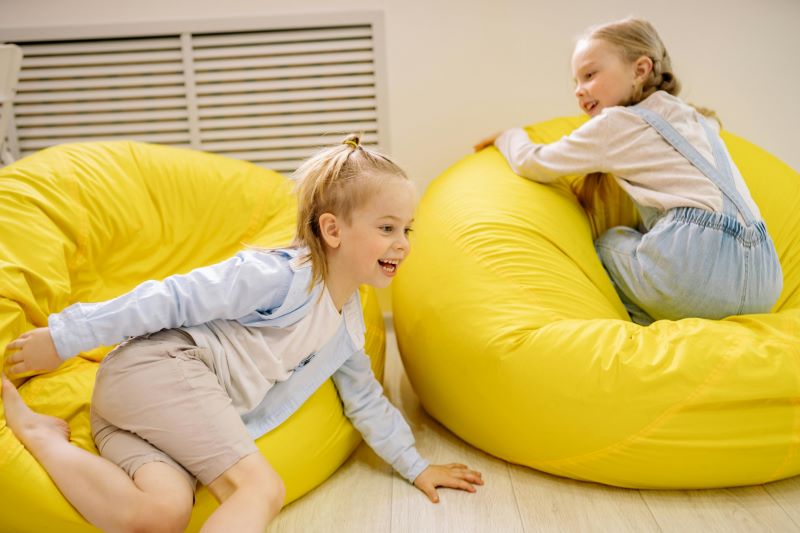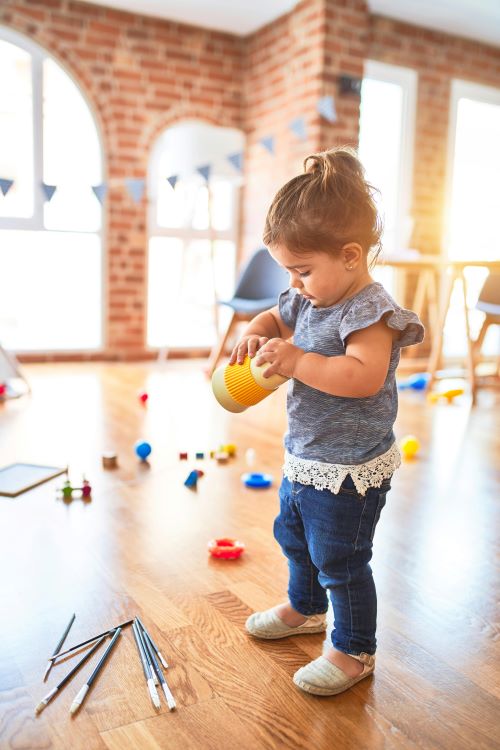
1) Regulation
The indoor air quality has consequences on everyone's health, we breathe ambient air for 80% of our time, if this air has a poor quality level it will have effects on health.
Young children are more sensitive than adults, they are in full intellectual and physical development, the consequences of indoor air quality will therefore be amplified on their bodies.
Since January 1, 2018, collective care establishments for children under 6 years old, elementary schools and nursery schools must monitor their indoor air quality.
Daycare centers, kindergartens and daycare centers are therefore the first establishments concerned.
Then, legislation on air quality monitoring was applied in all establishments open to the public. (ERP)
Source CEREMA
2) Environment and air quality
Air quality inside buildings is a public health concern with significant health issues.
Many pollutants are present indoors and have harmful effects on health.
This concerns external atmospheric pollution which penetrates and is confined but also construction materials, furniture and decorative products which emit volatile organic compounds (VOCs) and fine particles (PM10 and PM2.5) into the atmosphere. ).
Added to this is the pollution produced by our activities, DIY, educational activities, the use of colors, paints, glues and markers for example…
These pollutants, present in daycare centers, are fine particles, volatile organic compounds (VOCs) such as formaldehyde and benzene, which can even come from the cleaning products used.
3) Impact of indoor air quality on children's health
The respiratory and immune systems of young children are not mature, and their breathing rate is faster than adults.
The proportion of air pollutants absorbed, relative to their weight, is much greater than for adults according to the Respire association.
Exposure to indoor pollutants over long periods can lead to the development of chronic pathologies of the respiratory system but also of the cardiovascular system and cancers.
Good air quality is important for children, it helps limit pandemics, avoid absences linked to illnesses, but also transmissions to adults present in the nursery, childcare workers and therefore sick leave which disrupts the functioning of the nurseries.
On the other hand, the poor quality of indoor air and its consequences on children's lungs, respiratory tract conditions, asthma and allergies is well documented.
And, at the same time, it is recognized that good indoor air quality, in particular through sufficient ventilation of nursery rooms, promotes the well-being and learning of children.
Your child spends even more time than an adult indoors, 90% of his time.
Ideally for a good indoor environment, you should ventilate at least twice a day for a period of 10 minutes, in summer and winter. This allows the indoor air to be renewed and the pollution present to be eliminated and diluted.

4) The usefulness of an air purifier
An air purifier does not exempt you from working to resolve the risks of indoor pollution by reducing emissions at the source.
On the other hand, regular ventilation over a sufficiently long time allows air renewal in nurseries.
However, if, as in the majority of cases, the ventilation system is not efficient, or correctly sized, if ventilation is difficult or delicate in summer or in the depths of winter, then the air purifier is a solution to consider according to the High Council for Public Health (HCSP)
It is then recommended to install air purifiers using HEPA 13 or HEPA 14 filtration and to correctly size these purifiers according to the volumes of the rooms in which they are installed. Then, to maintain the effectiveness of indoor air purifiers, maintenance must comply with the manufacturer's recommendations (replacement of filters).
There are also specific circumstances or geographic locations that justify the installation of air purifiers to eliminate air pollutants such as fine PM 2.5 particles, nitrogen dioxide, hydrocarbons:
- Heavy road traffic
- Road tunnel exit
- Factory proximity
- Railway line
- Port and industrial and commercial traffic
AIR ET SANTÉ has equipped air purifiers and has supported many nurseries for several years, including the following municipalities:
- Paris 9 °
- Lyon 2°
- Agglomération de Maubeuge Val de Sambre
- Tassin la demi-lune
- Communay
- Draveil
- Sainte Foy les Lyon
- Etc…